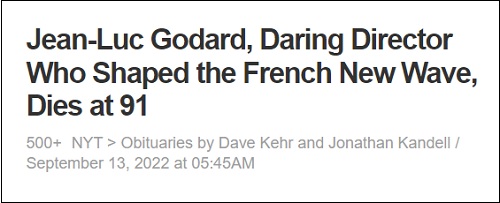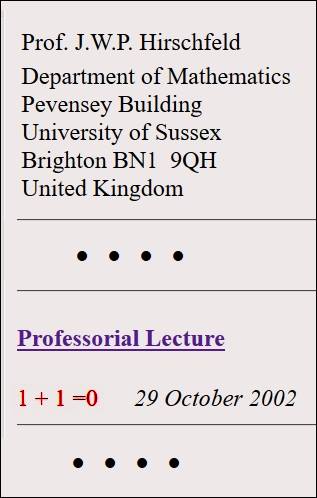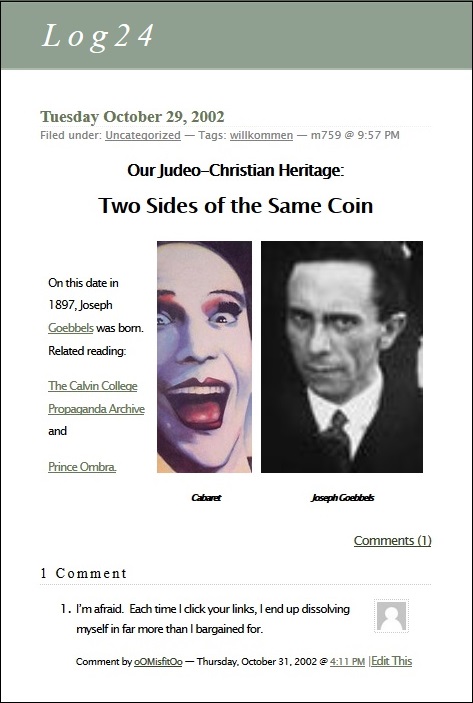The previous post, "One Plus One," suggests some further
art-historical remarks on interality —
|
From Third Text , 2013, Vol. 27, No. 6, pp. 774–785 — "Genealogy of the Image in Histoire(s) du Cinéma : Godard, Warburg and the Iconology of the Interstice" * * * * P. 775 — My discussion will focus on the significance of the concept of the ‘space in-between,’ its importance for Godard’s work and its role in a relational historiography of images more broadly. I hope to corroborate how Godard functions as a twenty-first century archaeologist of the moving image, constructing a meta-cinematic collage that, while consisting of an indexing of (almost exclusively) pre-existing filmic samples, ends up becoming a hybrid work of art in its own right. Godard, in the final analysis, expands the Warburgian programme of iconology into that of a cinematographic iconology of the interstice. * * * * P. 777 — Godard conceives of the image only in the plural, in the intermediate space between two images, be it a prolonged one (in Histoire(s) there are frequent instances of black screens) or a non-existent one (superimposition, co-presence of two images on screen). He comments: ‘[For me] it’s always two, begin by showing two images rather than one, that’s what I call image, the one made up of two’ [18] and elsewhere, ‘I perceived . . . cinema is that which is between things, not things [themselves] but between one and another.’ [19] 18. Jean-Luc Godard and Youssef Ishaghpour, "Archéologie du cinéma et mémoire du siècle," Farrago ,Tours, 2000, p. 27. The title of this work is reflective of the Godardian agenda that permeates Histoire(s) . 19. Jean-Luc Godard, "Introduction à une véritable histoire du cinéma," Albatros , Paris,1980, p. 145 * * * * P. 783 — If it is in ‘the in-between’ that thought is born, then for Godard cinematography as ‘a form that thinks . . . was born with the advent of modern painting.’ [62] 62. Godard and Ishaghpour, op. cit., pp 45–46. * * * * P. 785 — Warburg commented on the signification of the black spaces that he placed between images in his analysis of the network of intervals in Mnemosyne , by quoting Johann Wolfgang Goethe’s dictum ‘the truth inhabits the middle space.’ [68] This citation induces a feeling of déjà-vu for the viewer of Histoire(s). The link was not missed by Warburg himself, as one of his diary entries testifies: ‘We can compare this phenomenon [the iconology of the interval] to that of the cinematic montage, the domain of the interpretation is an intervallic one.’ [69] 68. Warburg, Mnemosyne , pp 135–146. 69. Warburg is quoted in Didi-Huberman, L’image survivante, p. 503. (Georges Didi-Huberman, L’image survivante. Histoire de l’art et temps des fantômes selon Aby Warburg , Minuit, Paris, 2002) |















